Chenin Blanc has lurked in the shadows for some time. When it’s on the verge of a breakout, something else eclipses the trend, like orange wine a decade or so ago and Chardonnay’s recent rebound.
Abroad, it’s always been a bit of a bigger deal. It’s huge in South Africa and the Loire Valley of France, but it’s also gaining some traction in places like Argentina, Canada, and New Zealand. Stateside, it’s sprouting to life as well, a viable option for less traditional young winemakers or those just looking for something with a little less market saturation.
It’s not uncommon for a variety so nimble to be overlooked. Chenin Blanc’s downfall may just be that it’s too flexible. Generally, more direct wines like Merlot (bold and steak-ready) and Pinot Gris (a pear-flavored thirst quencher) appeal to the masses, perhaps because they don’t necessarily need to be dwelled upon. Yet, Chenin Blanc can be simple or complicated. It’s great because it’s a white that’ll do just about anything you ask of it.

Also known as Pineau de Loire, Chenin started in the Loire region of France. In South Africa, where it enjoys the most vineyard rows on the planet and the most of any variety in the country, it’s simply called Steen. In fact, it’s believed to go back as far as the mid-17th century there, although it wasn’t properly recognized as such until much later. In France, where it all started, the grape is turned into all kinds of things, from sparkling types in Vouvray to sweet and dry takes in Anjou, Saumur, and more.
In the U.S., Chenin got its footing in California. It was a utility wine of sorts, used to add some volume to jug wine blends. Only recently have domestic vintners looked to harness the power of the variety on its own. Some good versions have come out of the west coast, especially, but its certainly not confined to there. Today, you can find it in patches in Texas, New York, and a number of other states.
Why drink it? It’s an easy-going white with a signature melon-esque quality that’s at once welcoming and something a bit different from your standard-issue Chardonnays or Pinot Grigios. The dryer, lighter versions are ideal with a wide array of salads, poultry dishes, and seafood options. Heftier, sweeter takes stand up beautifully to spicier cuisine like Thai or Chinese.
Producers in South Africa and the U.S. seem to be especially fond of Chenin’s unfussy side. They’re turning out quaffable batches for somewhere in the vicinity of $20 a pop that have wide appeal and also enough in the flavor department to enjoy on their own. Some might consider it a challenge to find the perfect food match for such a chameleon of a white wine. Others embrace it as an entertaining opportunity to mix and match and find what works. Thanks to Chenin’s agile nature, there’s no wrong way to do it, you’ll just find that some things work better than others.
If you get really into the stuff, mark your calendars as June 15 marks the 7th anniversary of Drink Chenin Day. Meanwhile, a few to try:
Painted Wolf The Den 2017 Chenin Blanc
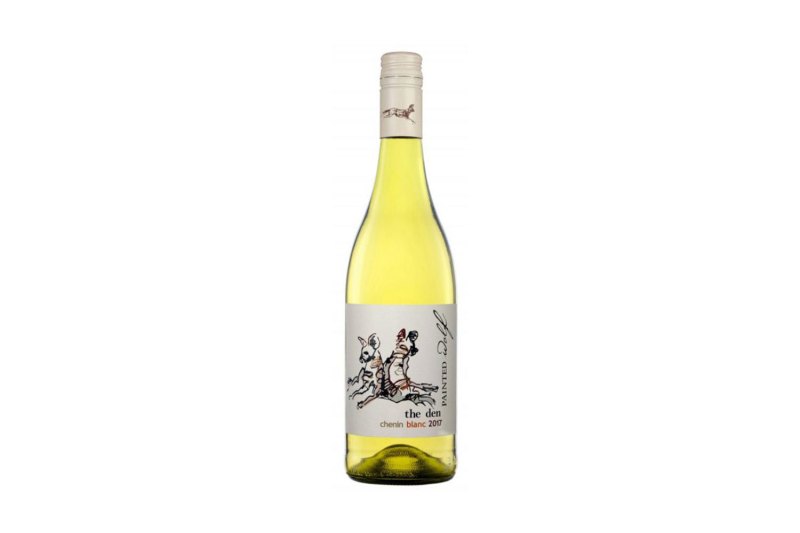
This South African riff is a total bargain, with zero frills but enough to keep you coming back for more. The winery touts its ability to play alongside complex food dishes like macaroni and cheese. Really, though, it’s great for the money, offering tropical fruit like a good Sauv Blanc but not beating you over the head with it.
Kiona 2018 Columbia Valley Chenin Blanc
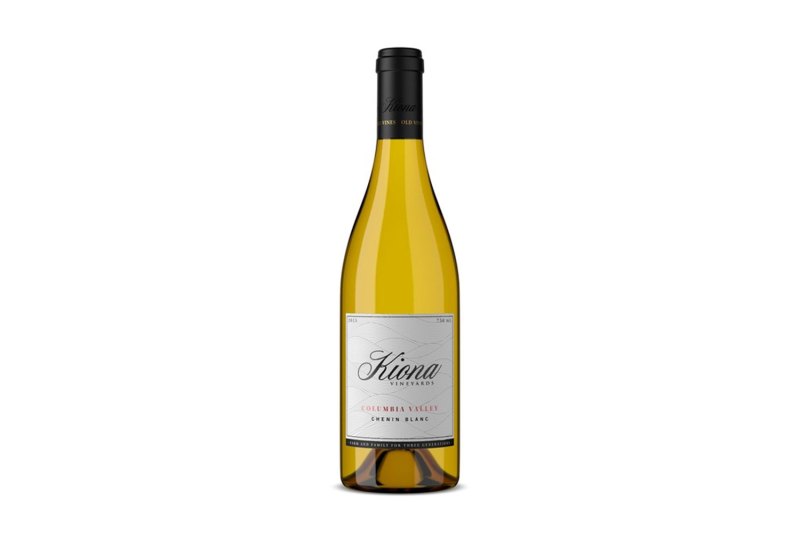
Kiona has been making Chenin since 1980 and knows the grape well. Whatever the vintage, expect a crisp wine made all the more so thanks to production in stainless steel. The brand’s 2017 is clean and built around flavors of honeydew, with a tiny but balancing pinch of residual sugar on the backend.
Day Wines 2017 Chenin Blanc
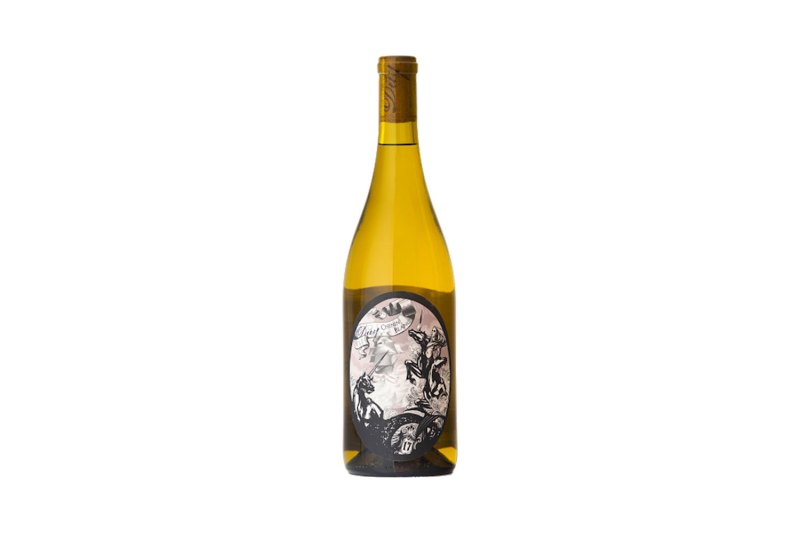
Brianne Day is a real champion of under-celebrated varieties so it’s no shocker that she’s making a standup Chenin Blanc. Her 2017 version is made from Ribbon Ridge fruit in the Willamette Valley and affords a great mouthfeel thanks to neutral oak fermentation.
Lieu Dit 2017 Chenin Blanc
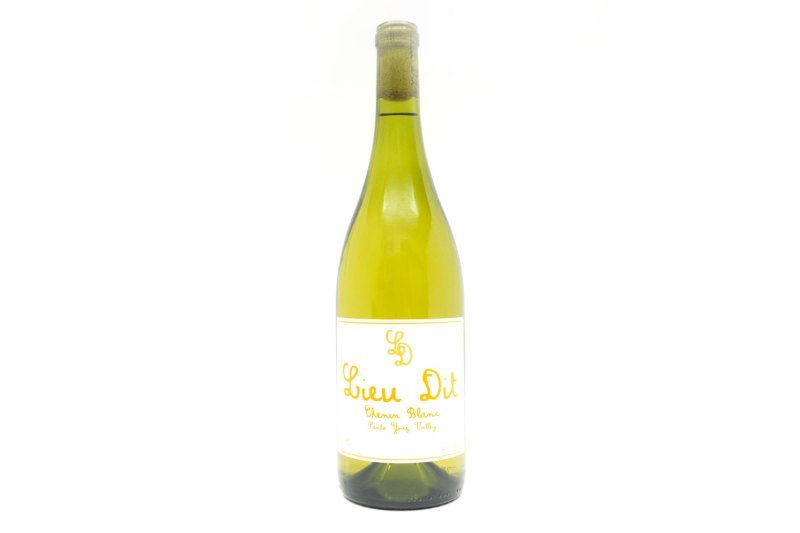
This California producer is behind an intoxicating New World Chenin. Made from fruit grown in the Santa Ynez Valley, the 2017 is one more fine Loire-inspired wine in the brand’s portfolio. You can almost taste some of the great French producers who inspired both the label and this wine.
Domaine Francois Pinon Vouvray Trois Argiles 2018
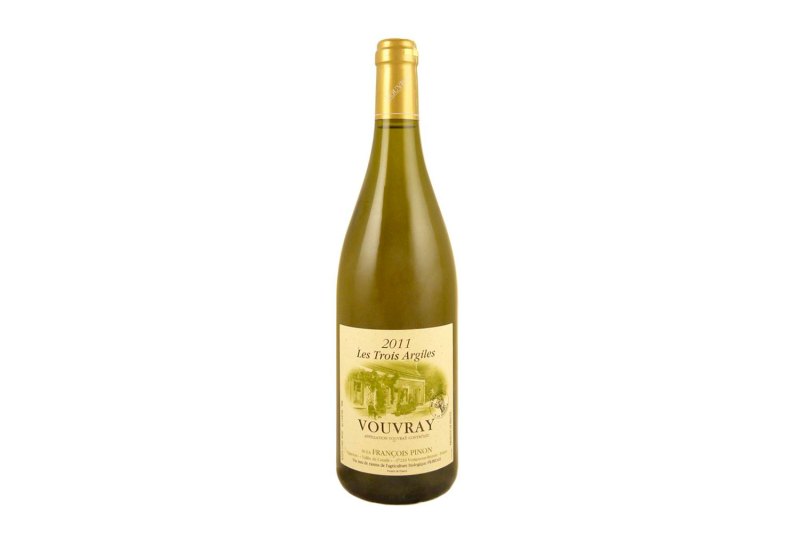
It wouldn’t be a valid Chenin list without a reliable French producer. This 2018 wine is produced from older vines rooted in Vouvray’s legendary chalky limestone soil. It’s organic and a great mashup of minerality and ripe fruit.
Editors' Recommendations
- The 5 best vegetarian and vegan dishes to try right now
- The 10 best rosé wines that everyone should drink
- There’s a big wine glut right now: Here’s what that means for you
- The best kosher wine for your Passover celebration
- The 5 best pork cuts, ranked: Here’s what you should be cooking


